Introduction: Best Chess Openings for White
In chess, the opening isn’t just the beginning – it’s your first move, your chance to set the tone, and your way to claim space and take control. When you play White, you get to go first. That means you have the chance to lead the game right from the start. Choosing from the best chess openings for white helps you set the pace, gain an early edge, and guide the game into positions that suit your style.
It doesn’t matter if you’re a club player trying to survive the opening or a tournament regular looking for small advantages – your opening choices shape how you play and how you grow. A strong opening doesn’t just keep you safe; it gives you a clear plan, active pieces, and positions you’ll feel confident playing.
In this blog, we’ll look at some of the best chess openings for white. Each one has its own style, background, and plan. From classics like the Italian Game and Ruy Lopez to modern favorites like the London System, we’ll show you what makes each one strong – and help you find the best chess openings for white to match your style.
Let’s explore seven of the best chess openings for White that are popular, practical, and proven to work across levels.

1. Italian Game
The Italian Game has been around for centuries – literally. Dating back to the 16th century, it was a favorite of early masters like Greco and remains one of the most played openings at every level today. Its staying power is no accident. The Italian Game is a model of classical principles: fast development, center control, and early pressure.
From casual games to elite tournaments, the Italian keeps popping up. Why? Because it works.
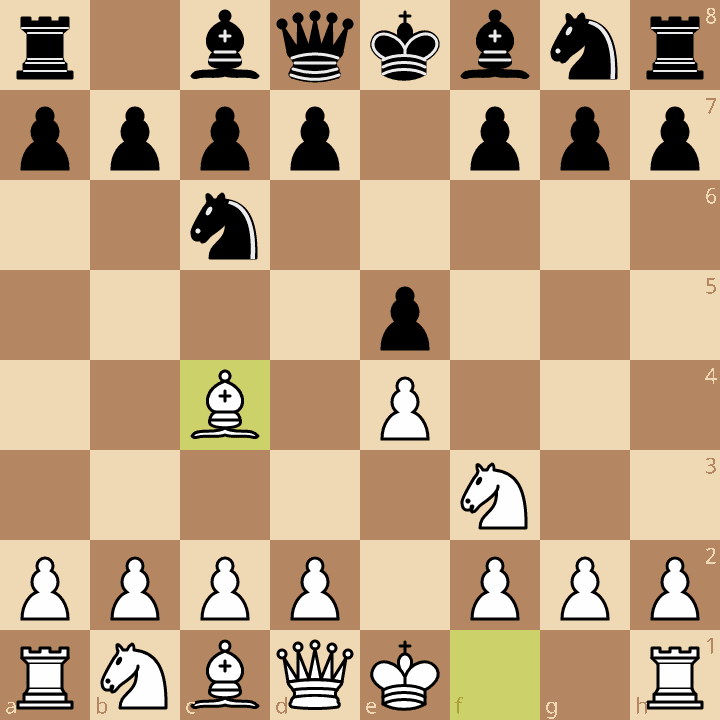
1. e4 e5 2. Nf3 Nc6 3. Bc4
White targets the weak f7 square and gets your kingside pieces out quickly. From here, Black has several ways to respond – most common are:
- 3…Bc5 – Giuoco Piano
This is the most traditional response. White often plays c3 and d4 to build a strong center. The game can be slow and strategic or open and sharp, depending on how both players continue. - 3…Nf6 – Two Knights Defense
This leads to sharper positions. If White plays 4.Ng5, the game can get tactical fast, especially with the Fried Liver Attack or the Lolli Attack. It’s a great line if you like early action.
Overall, the Italian Game gives you flexible plans. You can choose to go slow and positional or play sharper lines depending on your mood and your opponent’s choices. It’s one of the best ways to learn classical chess ideas.
2. Ruy Lopez
The Ruy Lopez starts with 1.e4 e5 2.Nf3 Nc6 3.Bb5. At first glance, it looks simple, but it leads to some of the most strategic and well-studied positions in chess. The goal is to build long-term pressure, not to win in the opening. This makes the Ruy Lopez ideal for players who enjoy a slow buildup and deep planning.
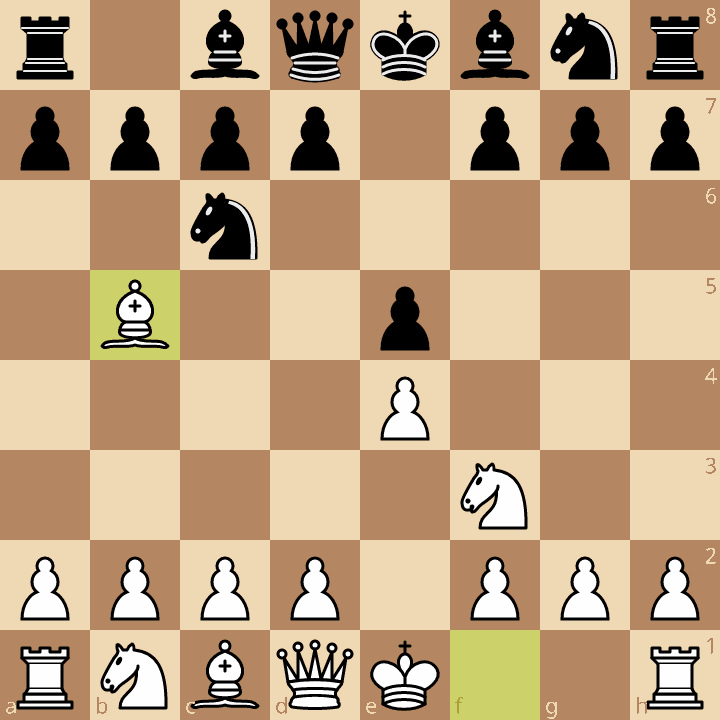
A common plan for White is to castle early, play c3 and d4, and slowly build a strong center. Black usually responds with …a6 and …b5 to push the bishop back, followed by …Nf6 and …Be7. In many lines, White ends up with a central pawn duo on d4 and e4, while Black aims for counterplay on the queenside or in the center with …d5. It’s a rich battlefield where plans matter more than tricks.
This opening has been a favorite of world champions – from Capablanca and Fischer to Carlsen. It’s stood the test of time because it works in every era. If you want to learn how top players think, study Ruy Lopez.
Ideal for: Positional players who like long-term pressure and deep ideas.
3. Open Sicilian
The Sicilian Defense begins with 1.e4 c5. To reach an Open Sicilian, White plays 2.Nf3 and then 3.d4. This opens the center early and leads to sharp, unbalanced positions. Unlike quiet e4-e5 openings, the Open Sicilian creates immediate tension and opportunities.
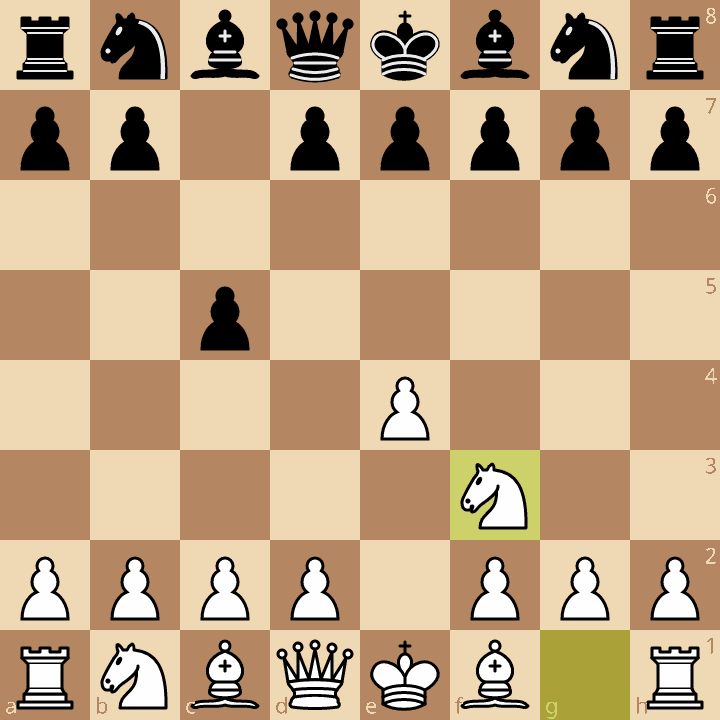
Once the center opens, both sides race to develop quickly and launch attacks. White usually gets active piece play and a lead in development, while Black hopes to counterattack on the queenside or with central breaks like …d5. Every move counts, and small mistakes can lead to big swings.
The Open Sicilian is White’s most direct and ambitious response to 1…c5. Instead of avoiding theory, it dives right in. This opening includes many famous sublines like the Najdorf, Dragon, Sveshnikov, and Classical, each with its own challenges and opportunities. Learning to fight in the Open Sicilian means learning some of the sharpest positions in chess.
Ideal for: Fearless attackers who love complications and open positions.
4. Caro-Kann Defense: Classical Variation
The Classical Variation of the Caro-Kann begins with 1.e4 c6 2.d4 d5 3.Nc3.
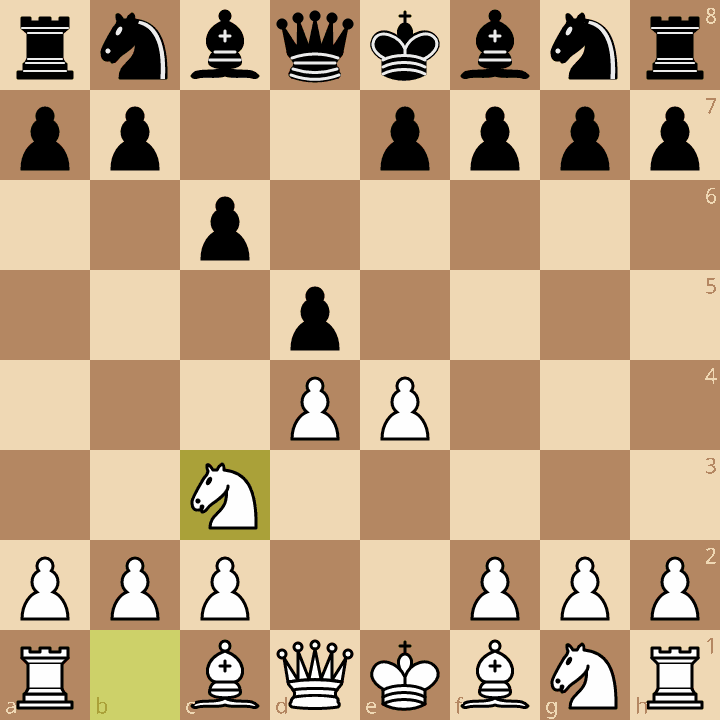
The vast majority of times, black plays the solid 3…dxe4 followed by developing the light-squared bishop to f5. White often continues with Ng3, h4, and Nf3, putting pressure on the f5 bishop. Castling kingside and playing Bd3 can challenge Black’s main piece right away. Later on, pushing c4 or f4 can help White expand and fight for central space. The position tends to stay stable at first, giving you time to build up a strong setup.
The Classical line gives White quicker development and a more flexible structure. It’s less about sharp tactics and more about steady buildup. You can outplay your opponent in the middlegame through better coordination and space control.
Ideal for: Players who like clear development, a calm position, and strong central control without needing heavy memorization.
5. French Defense: Paulsen Variation
The French Defense begins with 1.e4 e6 2.d4 d5. 3. Nc3, the Paulsen variation, is the mainline today.
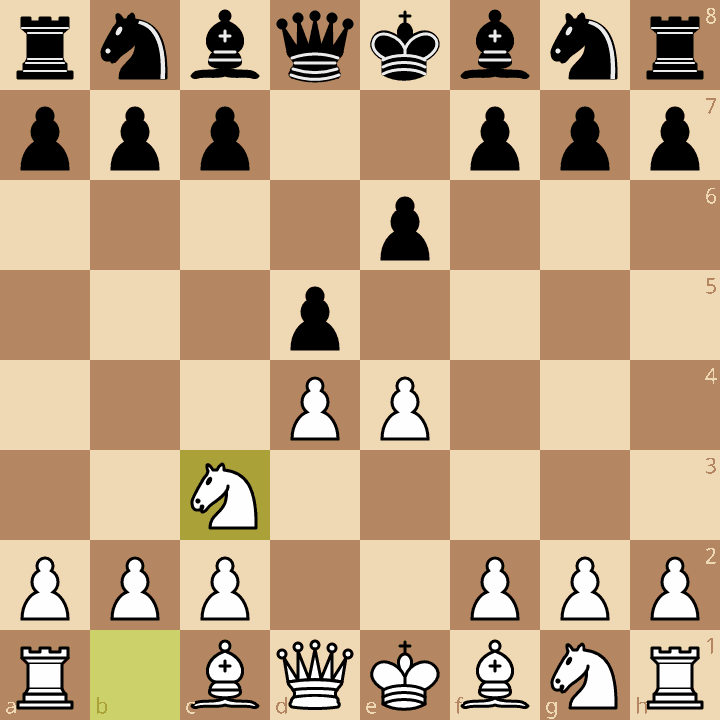
White develops a knight, preparing to recapture if 3…dxe4. More commonly, Black leaves the central tension and continues with 3…Nf6 the Classical variation, inviting 4. e5 to kick the knight, or 3…Bb4, the Winawer variation, pinning the knight and inviting 4. e5 to avoid losing the pawn.
In many French positions, Black’s light-squared bishop on c8 is a big problem. White can aim to keep that bishop stuck behind pawns. At the same time, using your central space and not rushing helps you stay in control. You often squeeze Black by improving your worst piece and waiting for the right moment to open things up.
Ideal for: Players who like slow, strategic battles and know how to keep up the pressure.
6. Queen’s Gambit
The Queen’s Gambit is one of the oldest openings in chess and starts with moves 1. d4 d5 2. c4.
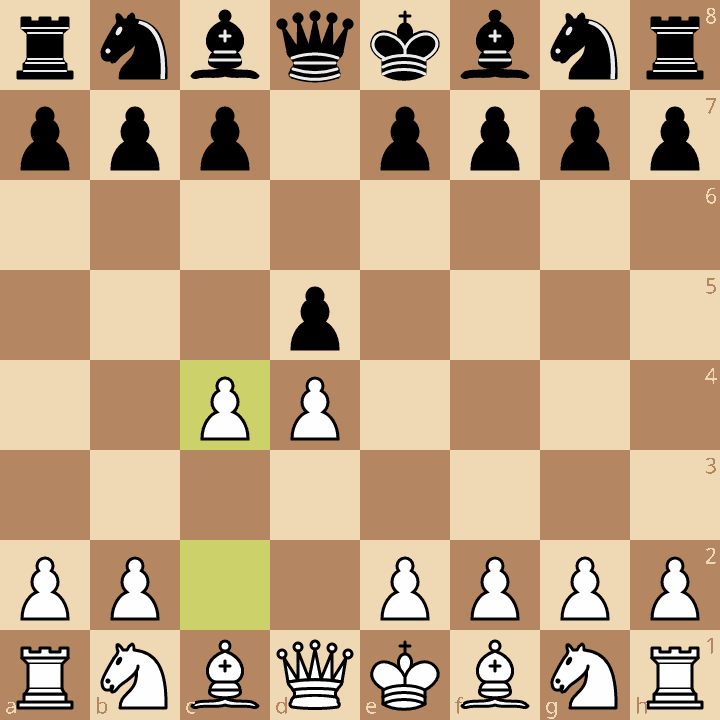
White sacrifices a pawn in order to gain control of the centre. If Black accepts the gambit with 2… dxc4, White can immediately try to reclaim the gambitted pawn with 3. e4 or 3. e3, or White can play 3. Nf3. This opening is very popular among modern players and is one of the best openings for 1. d4.
Accepting the gambit with 2… dxc4 is by no means a risky decision, but most Black players choose to decline it with 2… e6 (Queen’s Gambit Declined) or 2… c6 (Slav Defence).
Depending on how Black responds, the Queen’s Gambit can lead to several key pawn structures. One common one is the isolated queen’s pawn (IQP), where White has a strong center but a pawn that needs careful protection. Another is the hanging pawns structure, which can give White dynamic chances and open lines for attack.
7. London System
The London System begins with 1.d4 d5 2.Nf3 Nf6 3. Bf4, forming a solid and flexible setup.
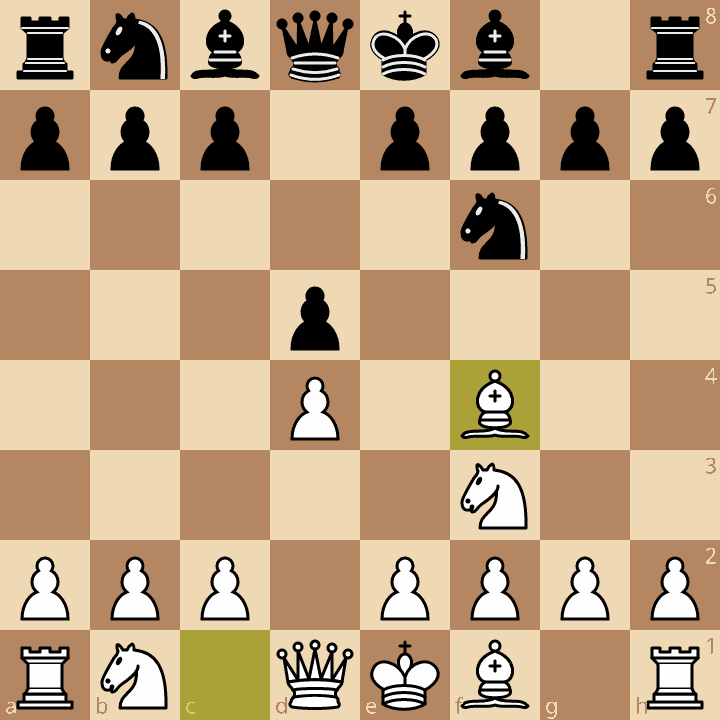
The London system is a system opening, where White has the same general ideas to many Black responses and the specific orders are very flexible. This position can also arise from the Accelerated London 1. d4 d5 2. Bf4 Nf6 where 3. Nf3 transposes.
Black has several approaches to the position, including …c5 and …Qb6 to pressure White’s b2 pawn, weakened by moving the bishop away.
Because it’s less theory-heavy, it’s ideal for busy learners or solid players who want consistent results without getting overwhelmed. That’s why the London remains one of the best chess openings for white for players who want a consistent setup and fewer surprises.
Conclusion
There is no one-size-fits-all when it comes to chess openings. The best opening for you depends on your playing style, your goals, and what kinds of positions you enjoy. Whether you prefer sharp tactics, slow maneuvering, or solid structures, experimenting with different openings will help you grow as a player.
Exploring the best chess openings for white will not only prepare you for battle but also reveal what types of positions you thrive in. Try out these seven openings to see which ones fit your style best. Remember, the journey is just as important as the destination.
If you want to learn more about how to study chess openings effectively, check out my detailed guide here: How to Study Chess Openings.
Looking for ideas when playing as Black? You’ll find practical suggestions in this article: Best Chess Openings for Black.
If you are a beginner looking to improve your opening knowledge, this guide is for you: Chess Openings for Beginners: Complete Guide
If you want to take your opening knowledge further or get personalized advice, feel free to reach out. Your next winning game might be just one lesson away.
